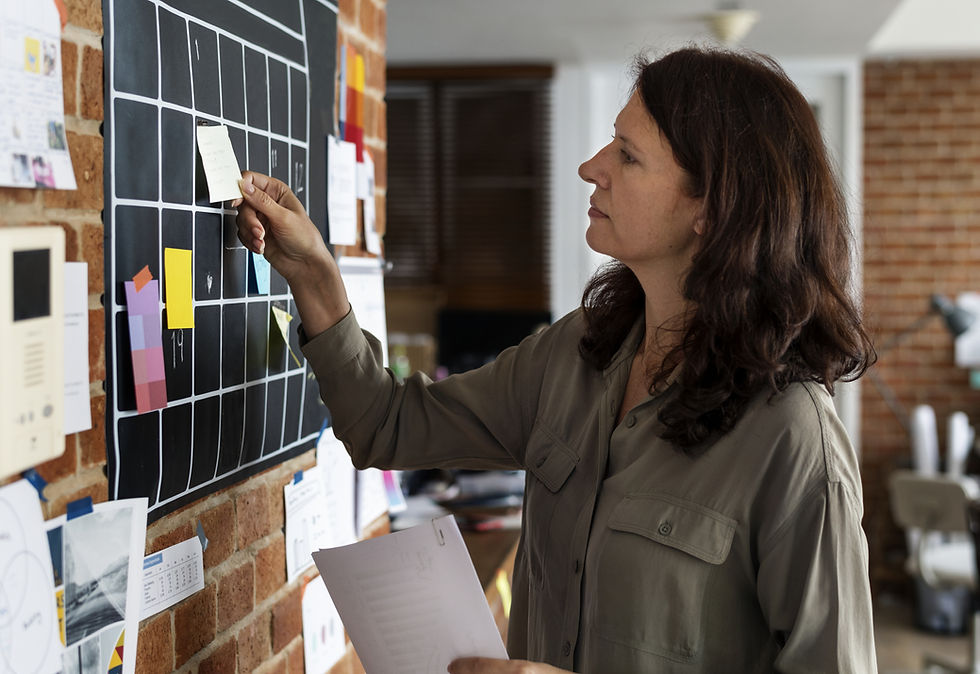Supporting adopted children with Creative EMDR
- Crystal Luk-Worrall

- Dec 31, 2022
- 3 min read
Updated: Jan 16, 2023
In the last post, we talked about how to decide when is the appropriate time to process trauma. This time, we will explore how creative EMDR can support adopted children who experience attachment difficulties due to early childhood trauma.
Stage 1: Developing therapeutic relationship

Having a trusting relationship is the bedrock of effective therapeutic intervention. Your EMDR therapist should take time to get to know your child prior to any processing. Creative tools, like visual timeline & lyrics exploration can nurture a contained space between the therapist & the young person to explore their's current pattern of relating with others and their life story in a non-confrontational way.
Stage 2: Psycho-education and introduction of EMDR

For EMDR to be successful, it is important for the adopted young person to be educated on how developmental trauma may impact them and how EMDR can support them. This is to ensure that your child can feel motivated and informed throughout their therapeutic journey. As a creative therapist, I often feature visual representations when talking about the EMDR process, sand trays or drawing when discussing trauma responses, as well as musical improvisations when support the young person in recognising their psychosomatic responses to certain emotions.
Stage 3: Equipping young person with grounding technique

Trauma processing requires courage from your child and the ability to remain grounded when thinking about difficult memories. Some of the young person's existing coping mechanism may not feel appropriate once they began processing. As such, your EMDR therapist will prepare your child by equipping them additional grounding techniques. Creative practices like playlist making, Supportive Music and Imagery, calming box and visual representation of your child's supportive resources would keep your child engaged while learning additional coping mechanisms in their toolkits!
Stage 4: Processing using creative bi-lateral movements

Traditionally, EMDR is done through free association with rapid eye movements. However, young people often reported that eye movements do not feel appropriate for them. Instead, in sessions, I encourage young people to engage in creative bi-lateral movements, like drumming, boxing, listening to music, butterfly hugs and exercises like mountain climber. The therapist should also adjust their approach according to the young person's needs. For instance, neurodivergent young people tend to respond best when engaging in two or more bi-lateral movements at the same time. These creative bi-lateral movements not only keep the brain busy as the young person process their past, they also offer an engaging experience in therapy so the young person would feel excited to keep coming to sessions.
Stage 5: Exploration of new insight

Young people often report that they have new insight regarding their past after processing their traumatic memories. This is a positive step as it points to the young person's ability to integrate their past with their present life. It is important to leave space and time for the young person to explore these new insights with their therapist in a contain and safe environment. The young person may require support in exploring how their past had impacted on their personal identity, as well as what strengths and supportive resources they can draw on as they continue to develop a healthy sense of self.
Conclusion
In reality, the process may require the therapist & and young person to revisit different stages flexibly. For instance, as the young person process their past, they may gain new insights and want to revisit grounding techniques or psychoeducation on certain topics. It is essential for the EMDR therapist to respond to your child's needs attentively as it is imperative for the young person to feel safe, be informed and be motivated in their trauma processing journey.

Comments